- The desert is a hard place to live; make sure your yard isn’t an oasis. Rattlesnakes want food, water, and shelter. Deny those, and the yard is nothing interesting. Fix leaky hoses, keep the yard clean, and make sure all of the bushes are trimmed and free of dead plant material underneath.
- If you have a view fence or wall surrounding the property, complete the barricade. Door sweeps and wire fencing can be installed to keep animals out. It’s a relatively inexpensive Saturday project for the handy, or contact a snake removal company to install it for you.
- Forget the store-bought snake repellents and mothballs; they simply do not work. Many pest control companies will swear they do, but all research points to repellants being a smelly waste-of-money.
Most Commonly Encountered Snakes in the Phoenix Area
Western Diamondback Rattlesnake
VENOMOUS – Grey to tan in color, between 1’ and 4’ long. Easily identified by the distinct white and black banded tail, and rattle. Defensive in nature but easily avoided if encountered. Do not attempt to capture, kill, or otherwise interact with this snake.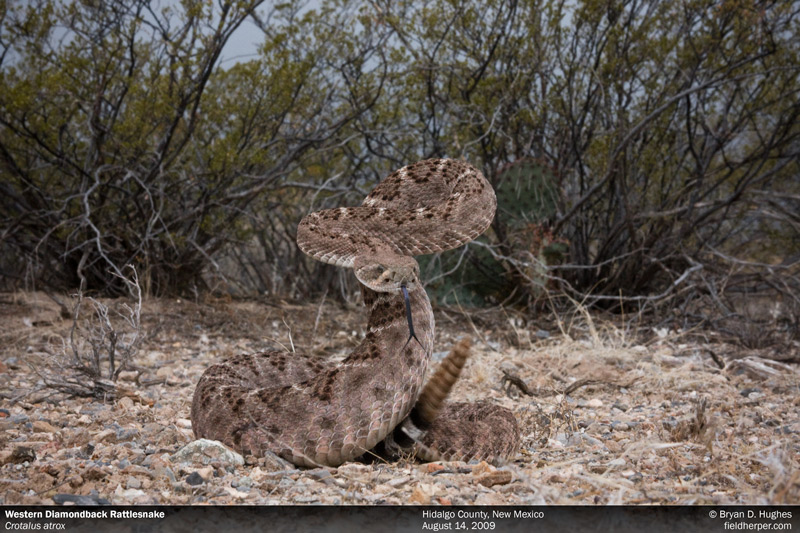
Sonoran Gophersnake
BENEFICIAL – Also commonly misidentified as a “bullsnake”. Tan, yellow, or orange in color, with dark brown blotches, between 1.5’ and 5’in length. Defensive if attacked, but non-venomous and will not bite unless attacked. A gophersnake is great free pest control.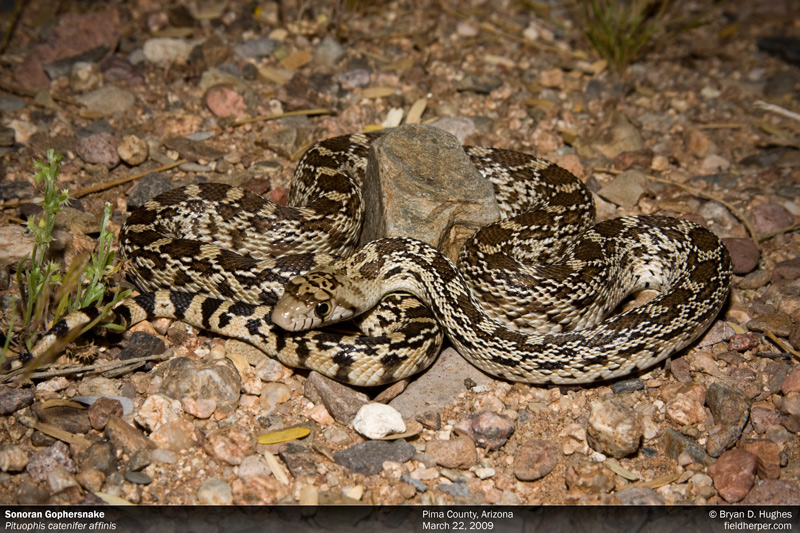
Desert Nightsnake
BENEFICIAL – Grey or dark brown with double rows of spots on the back, between 8” and 14” in length. Often confused with a baby rattlesnake due to elliptical eyes and triangular head. Absolutely harmless, this snake feeds on spiders and scorpions in the yard.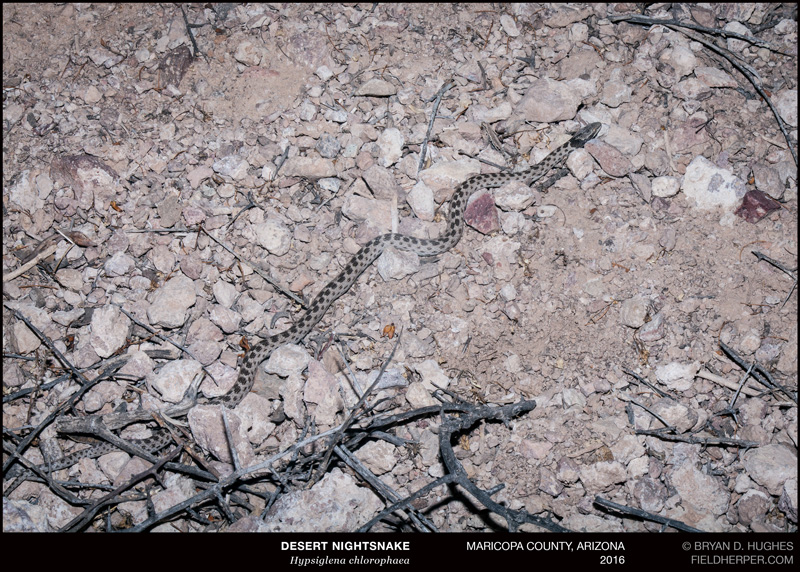
Speckled Rattlesnake
VENOMOUS – Highly variable, this snake takes the coloration of rock where it is found; orange, brown, white, or light grey. It is small, between 1’ and 3’ in length. If seen, do not approach this snake for any reason.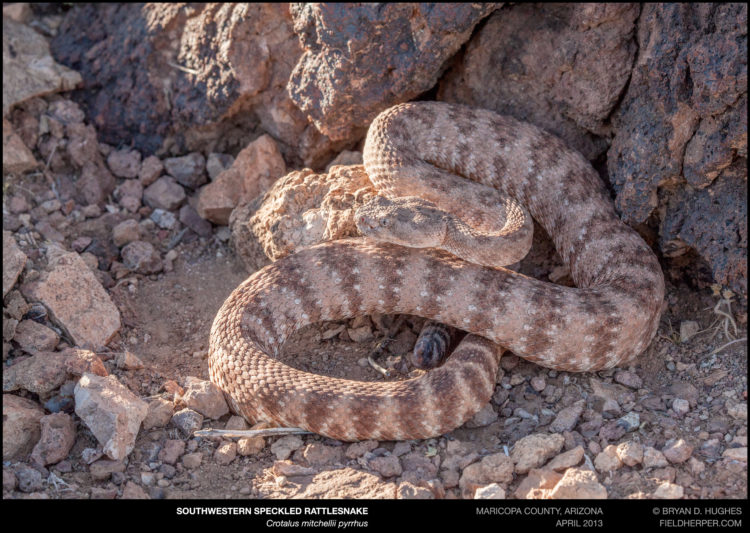
Longnosed Snake
BENEFICIAL – Often confused with the kingsnake, this snake is between 8” and 3’ long. It eats lizards and their eggs. They are absolutely harmless, and can reduce rattlesnake-attracting prey in a yard.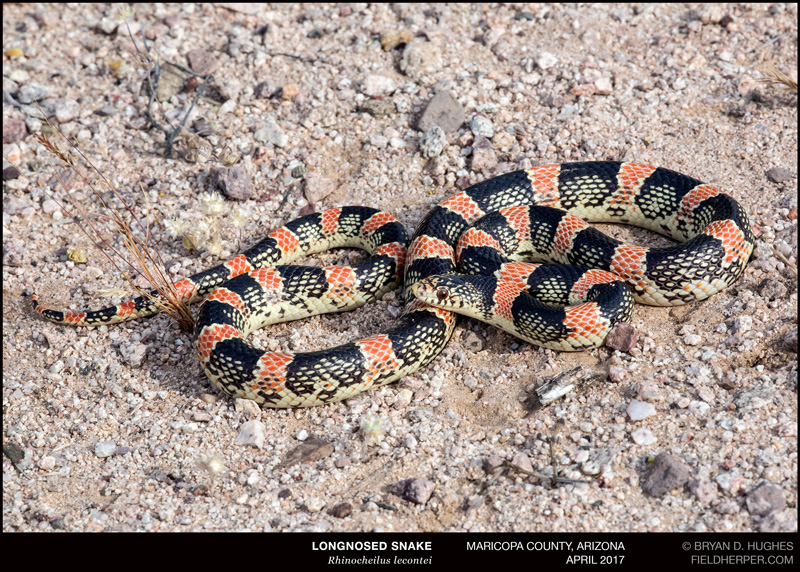
Kingsnake
BENEFICIAL – Black and white banding from head to tail, and between 1’ and 4’ in length. Kingsnakes consider rattlesnakes a primary food source, and are great to have on a property. They may bite if picked up, but are otherwise completely harmless.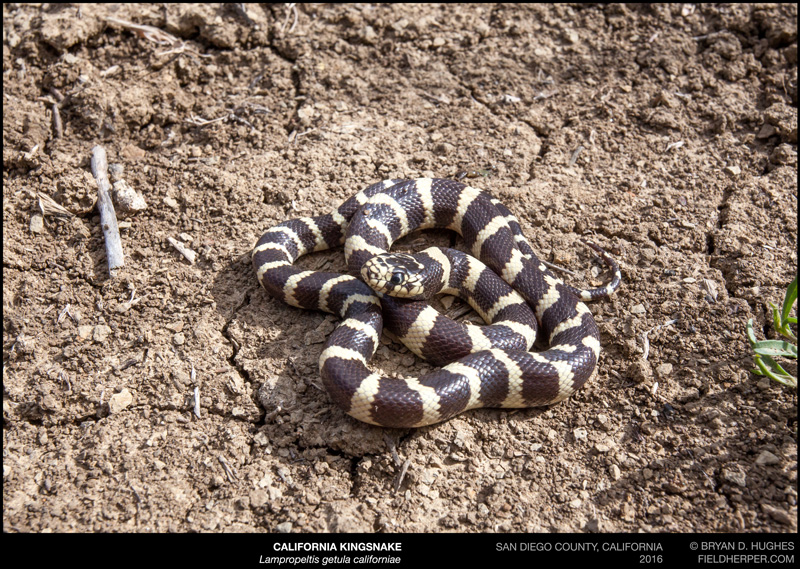
Coachwhip
BENEFICIAL – Fast, slender, and between 1’ and 5’ in length. May be black, olive, or red in color. This snake eats rattlesnakes and other prey items and should be kept as-is if seen. They will bite if picked up, but move away quickly if seen and are difficult to capture.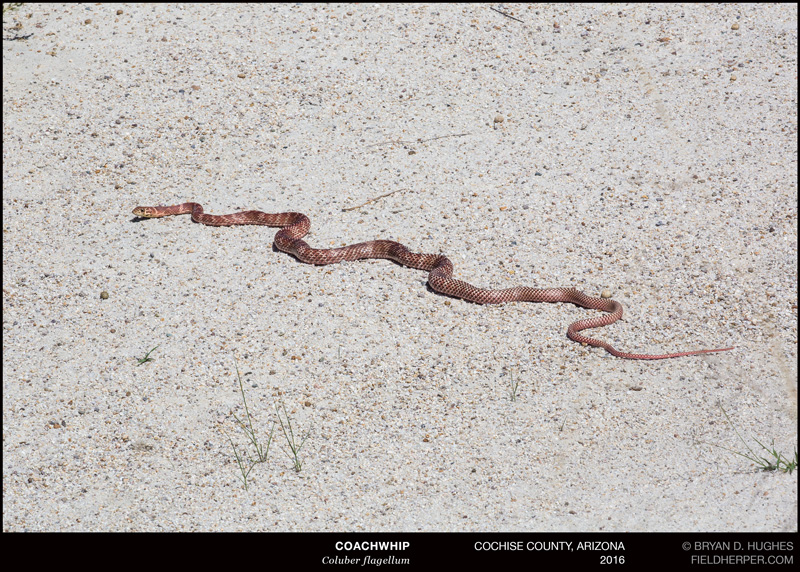 Please note that this Scottsdale Real Estate Blog is for informational purposes and not intended to take the place of a licensed Scottsdale Real Estate Agent. The Szabo Group offers first class real estate services to clients in the Scottsdale Greater Phoenix Metropolitan Area in the buying and selling of Luxury homes in Arizona. Award winning Realtors and Re/MAX top producers and best real estate agent for Luxury Homes in Scottsdale, The Szabo group delivers experience, knowledge, dedication and proven results. Contact Joe Szabo at 480.688.2020, [email protected] or visit www.scottsdalerealestateteam.com to find out more about Scottsdale Homes for Sale and Estates for Sale in Scottsdale and to search the Scottsdale MLS for Scottsdale Home Listings.
Thank you Rattlesnake Solutions Phoenix: 480-237-9975 for this helpful information!
Please note that this Scottsdale Real Estate Blog is for informational purposes and not intended to take the place of a licensed Scottsdale Real Estate Agent. The Szabo Group offers first class real estate services to clients in the Scottsdale Greater Phoenix Metropolitan Area in the buying and selling of Luxury homes in Arizona. Award winning Realtors and Re/MAX top producers and best real estate agent for Luxury Homes in Scottsdale, The Szabo group delivers experience, knowledge, dedication and proven results. Contact Joe Szabo at 480.688.2020, [email protected] or visit www.scottsdalerealestateteam.com to find out more about Scottsdale Homes for Sale and Estates for Sale in Scottsdale and to search the Scottsdale MLS for Scottsdale Home Listings.
Thank you Rattlesnake Solutions Phoenix: 480-237-9975 for this helpful information!



